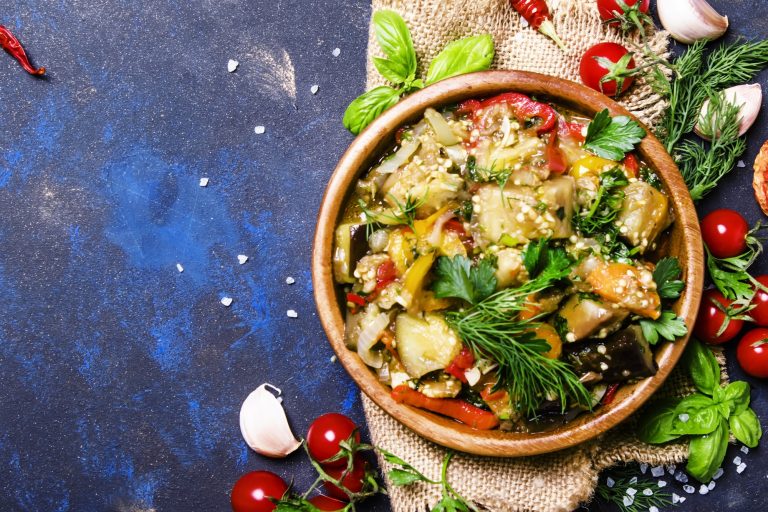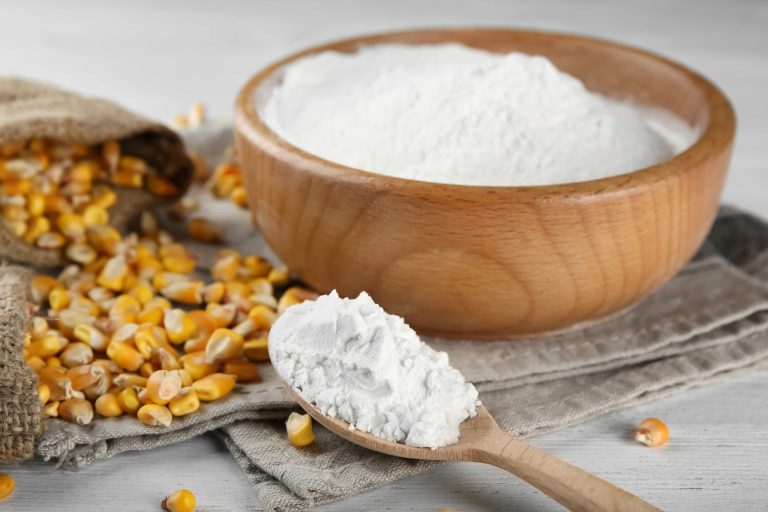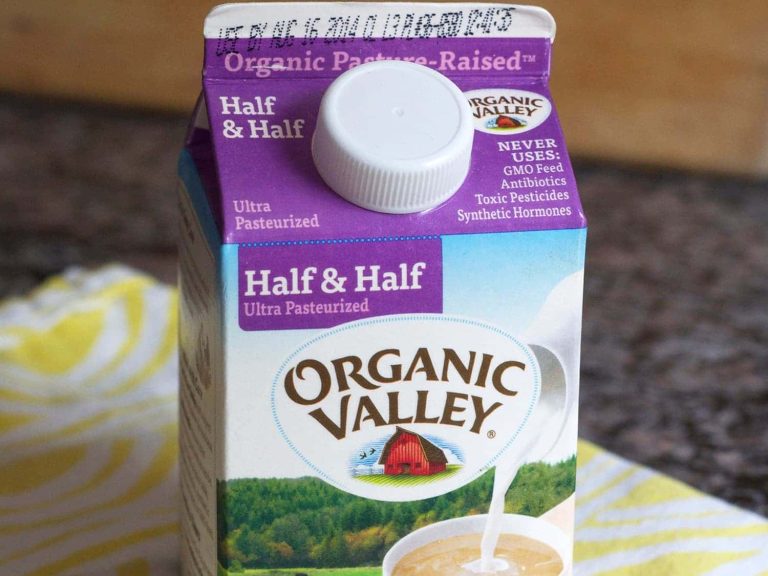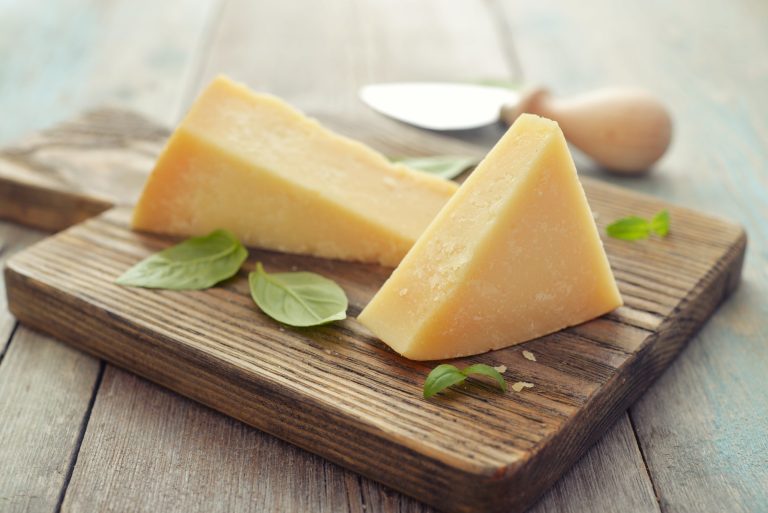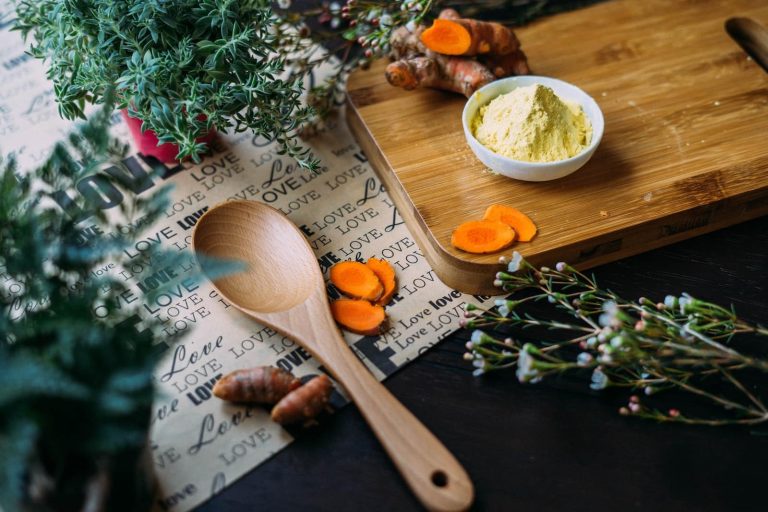Water-tolerant plants are those that can withstand waterlogged or frequently flooded soil conditions.
These plants are ideal for gardeners who want to add beauty to their landscapes in low-lying areas or near water features.
This article will discuss some of the best water-tolerant plants for your garden.
1. Papyrus
Papyrus (Cyperus papyrus) is a tall, grass-like plant native to Africa and the Mediterranean.
It is an excellent choice for water gardens, as it can grow up to 6 feet tall in water 2 to 3 feet deep.
The plant has long, green leaves and produces clusters of small, brown flowers in the summer.
Papyrus is an attractive and easy-to-grow plant that will add a tropical touch to your water garden.
2. Cattail
Cattails (Typha latifolia) are another popular plant for water gardens, as they can tolerate wet soil and grow in standing water.
They grow up to 6 feet tall and have long, narrow green leaves on top and brown on the bottom.
However, in the summer, the plant produces spikes of brown, sausage-like flowers that attract various birds and insects. This is one of the best water-tolerant plants.
2. Waterlily
Waterlilies (Nymphaea spp.) are one of the most popular and well-known plants for water gardens.
They are available in various colors, from pure white to deep red, and produce large, fragrant flowers on top of the water.
Waterlilies are hardy plants that can survive up to 6 inches deep and provide a focal point for your water garden. This is one of the best water-tolerant plants.
3. Swamp Milkweed
Swamp milkweed (Asclepias incarnata) is a beautiful and important plant for water gardens, as it provides food and habitat for many species of butterflies and other insects.
The plant produces spikes of pink or purple flowers in the summer and has long, narrow leaves that can grow up to 4 feet tall.
Furthermore, Swamp milkweed can tolerate wet soil and grow in standing water, making it a great choice for low-lying areas in your garden. This is one of the best water-tolerant plants.
4. Golden Club
The golden club (Orontium aquaticum) is a striking and unique plant native to North America.
It has shiny, bright green leaves shaped like a lance, producing spikes of yellow flowers in the spring and summer.
The golden club can grow in water up to 6 inches deep, adding a bold and distinctive touch to your water garden.
5. Water Hyacinth
Water hyacinth (Eichhornia crassipes) is a beautiful and fast-growing plant native to South America.
It has large, round leaves deep green, producing spikes of blue, pink, or purple flowers in the summer.
Water hyacinth is a highly adaptable plant that can grow in water up to 6 inches deep, and it will provide a lush and exotic look to your water garden.
6. Lizard’s Tail
Lizard’s tail (Saururus cernuus) is a charming and unusual plant native to North America. It has long, narrow leaves that are a bright green, producing spikes of white flowers in the summer.
Lizard’s tail can tolerate wet soil conditions and grow in water up to 6 inches deep.
Furthermore, It is an attractive and unusual plant that will add interest and texture to your water garden.
This is one of the best water-tolerant plants.
7. Sweet Flag
Sweet flag (Acorus calamus) is a versatile and hardy plant native to North America and Asia. It has long, narrow leaves with a bright green color and a distinctive sweet scent.
The sweet flag can grow in water up to 6 inches deep and tolerate wet soil conditions.
It is an attractive and fragrant plant that adds a pleasant scent and visual interest to your water garden. This is one of the best water-tolerant plants.
8. Joe-Pye Weed
Joe-Pye weed (Eupatorium purpureum) is a tall and striking plant native to North America.
It has large, round leaves deep green and produces spikes of pink or purple flowers in the summer.
Joe-Pye weed can tolerate wet soil conditions and grow in water up to 6 inches deep. It is an attractive and imposing plant that will add height and drama to your water garden.
9. Arrowhead
Arrowhead (Sagittaria latifolia) is a hardy and adaptable plant native to North America. It has long, narrow leaves that are a bright green and shaped like an arrowhead.
Arrowheads can grow in water up to 6 inches deep, producing spikes of white flowers in the summer.
This attractive and versatile plant will make your water garden look natural and pleasing. This is one of the best water-tolerant plants.
10. Taro
Taro (Colocasia esculenta) is a tropical plant native to Southeast Asia and is often used as a food crop.
It has large, heart-shaped leaves that are a rich green, producing spikes of purple or yellow flowers in the summer.
Taro can grow in water up to 2 feet deep and is a great choice for a large water feature or pond.
11. Pickerelweed
Pickerelweed (Pontederia cordata) is a hardy and adaptable plant native to North America.
It has long, narrow leaves that are a bright green, producing spikes of blue or purple flowers in the summer.
Pickerelweed can grow in water up to 2 feet deep, and it is a great choice for a large water feature or pond.
12. Canna
Canna (Canna indica) is a tropical plant that is native to South America. It has large, round leaves that are a rich green, producing spikes of red, orange, or yellow flowers in the summer.
Canna can grow in water up to 2 feet deep and is a great choice for a large water feature or pond. This is one of the best water-tolerant plants.
13. Golden Club
The golden club (Orontium aquaticum) is a hardy and adaptable plant native to North America. It has long, narrow leaves that are a bright green, producing spikes of yellow flowers in the summer.
The golden club can grow in water up to 2 feet deep, and it is a great choice for a large water feature or pond.
14. Marsh Marigold
Marsh marigold (Caltha palustris) is a hardy and adaptable plant native to North America and Europe.
It has large, round leaves that are a bright green color, producing bright yellow flowers in the spring. Marsh marigolds can tolerate wet soil conditions and grow in water up to 6 inches deep.
Furthermore, it is a great choice for a natural-looking water garden and will provide a burst of color in the early spring. This is one of the best water-tolerant plants.
15. Blue Flag Iris
Blue flag iris (Iris versicolor) is a hardy and adaptable plant native to North America.
It has long, narrow leaves that are a bright green, producing spikes of blue or purple flowers in the summer.
Blue flag iris can grow in water up to 6 inches deep and is a great choice for a natural-looking water garden. It will provide a touch of color and interest to your water feature.
16. Swamp Milkweed
Swamp milkweed (Asclepias incarnata) is a hardy and adaptable plant native to North America.
It has large, round leaves that are a bright green color, producing spikes of pink or purple flowers in the summer.
Swamp milkweed can grow in water up to 6 inches deep and is a great choice for a natural-looking water garden.
The plant will provide a touch of color and interest to your water feature and is an important source of nectar for pollinators.
17. Water Lettuce
Water lettuce (Pistia stratiotes) is a tropical plant that is native to South America.
It has large, round leaves that are a bright green color, producing small white flowers in the summer.
Water lettuce can grow in water up to 6 inches deep and is a great choice for a floating water garden.
It will provide a lush and exotic look to your water feature and is a great source of shade and shelter for aquatic wildlife. This is one of the best water-tolerant plants.
18. Bulrushes
Bulrushes (Scirpus) are a group of plants native to North America and Europe. They have long, narrow leaves that are a bright green, producing spikes of brown flowers in the summer.
Bulrushes can grow in water up to 2 feet deep and are a great choice for a natural-looking water garden.
They will provide a touch of texture and interest to your water feature and are a great source of food and habitat for aquatic wildlife.
There are several species of bulrushes, including Scirpus validus and Scirpus lacustris.
19. Pickerel Weed
Pickerelweed (Pontederia cordata) is a hardy and adaptable plant that is native to North America.
It has large, round leaves that are a bright green color, producing spikes of blue or purple flowers in the summer.
Pickerelweed can grow in water up to 6 inches deep and is a great choice for a natural-looking water garden.
It will provide a touch of color and interest to your water feature and is a great source of food and habitat for aquatic wildlife.
20. Ferns
Ferns are a group of plants native to all parts of the world. They have delicate, feathery leaves that are a bright green and do not produce flowers.
Ferns can grow in water up to 6 inches deep and are a great choice for a natural-looking water garden.
They will provide a touch of texture and interest to your water feature and are a great source of food and habitat for aquatic wildlife.
Also, there are many different species of ferns to choose from, including water ferns (Azolla), spleenworts (Asplenium), and sensitive ferns (Onoclea). This is one of the best water-tolerant plants.
21.Arrowhead
Arrowhead (Sagittaria latifolia) is a native North American plant found in ponds, lakes, and streams.
It has arrow-shaped leaves that are bright green, producing spikes of white or pink flowers in the summer.
Arrowhead can grow in water up to 2 feet deep and is a great choice for a natural-looking water garden.
It will provide a touch of texture and interest to your water feature and is also a great source of food and habitat for aquatic wildlife.
22. Swamp rose
The swamp rose (Rosa palustris) is a native North American plant found in swamps, marshes, and other wet areas.
It has thorny stems and bright green leaves, producing clusters of pink or red flowers in the summer.
Swamp roses can grow in water up to 6 inches deep and is a great choice for a natural-looking water garden.
Furthermore, It will provide a touch of color and interest to your water feature and is a great source of food and habitat for aquatic wildlife.
In conclusion, water-tolerant plants are a great way to add beauty and interest to your garden, and they can thrive in wet soil conditions that many other plants cannot tolerate.
Consider planting some of the best water-tolerant plants in your garden, such as papyrus, cattail, waterlily, swamp milkweed, or golden club, to create a stunning and dynamic water feature that you will enjoy for years to come.

